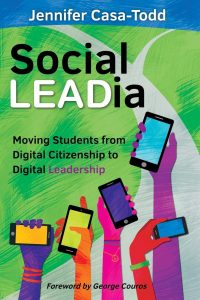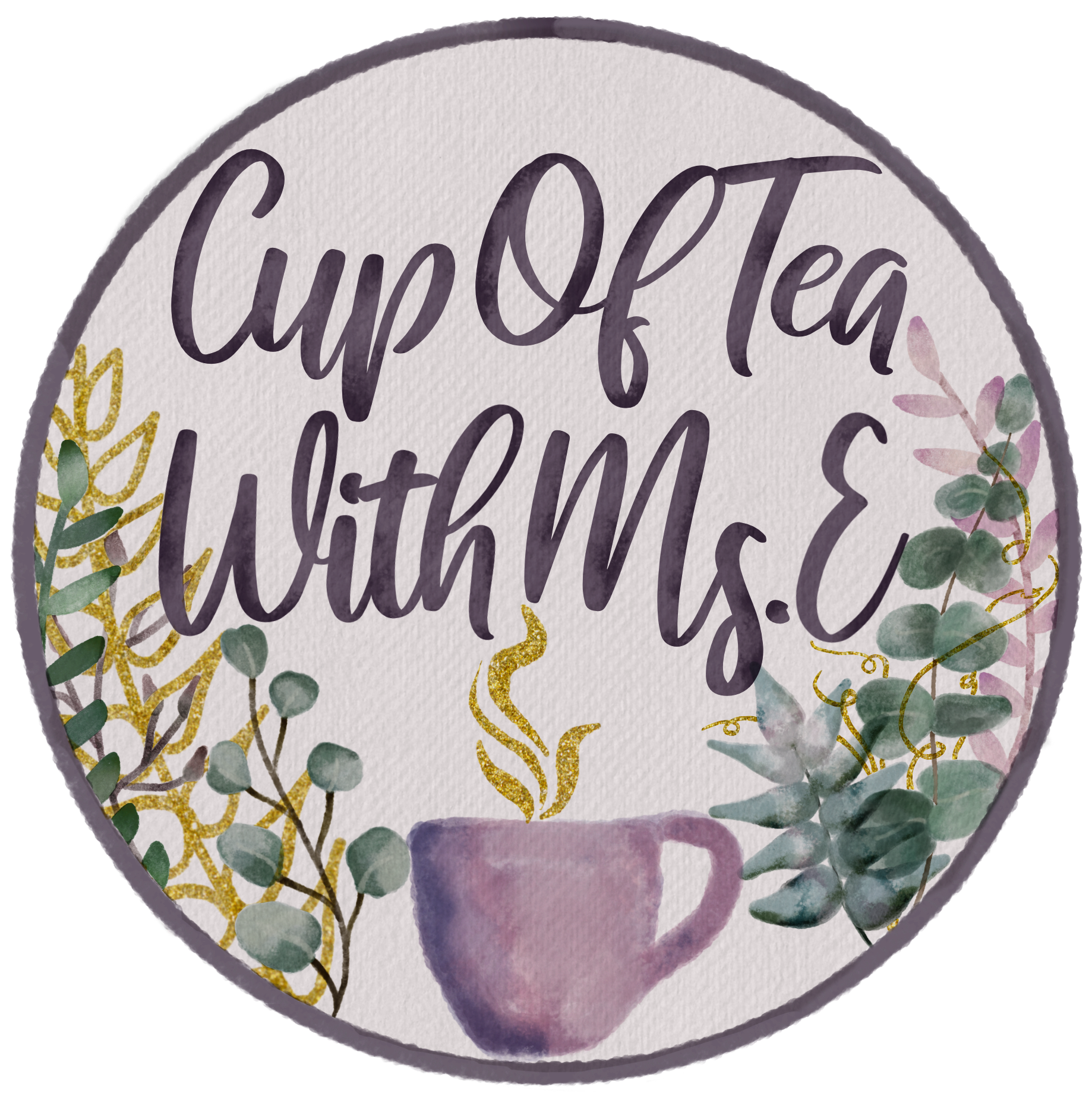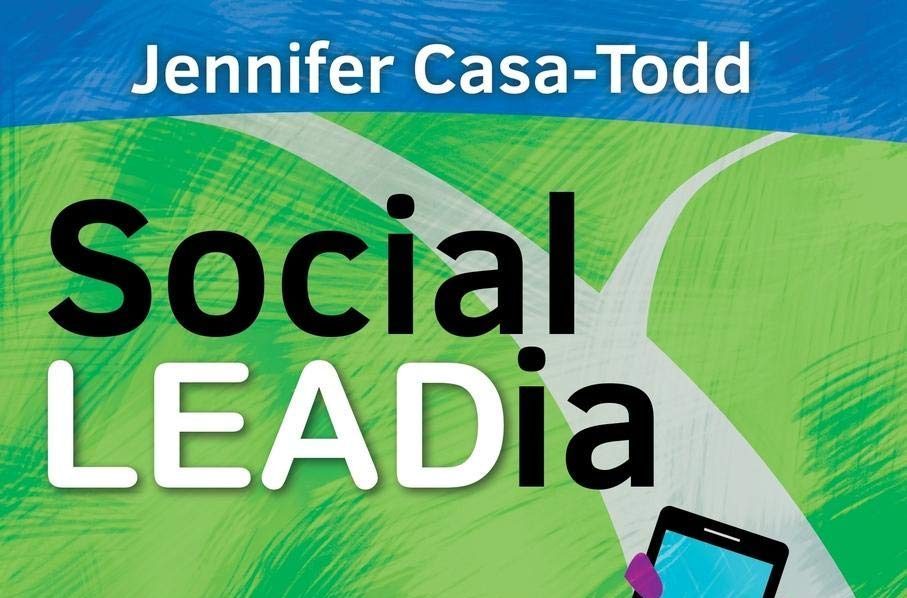
While reading Social LEADia: Moving Students from Digital Citizenship to Digital Leadership, Chapter 1, By: Jennifer Casa-Todd…
Something I learned was that the American Academy of Pediatrics actually states in a policy statement that “what’s most important is that parents be their child’s ‘media mentor.’ That means teaching them how to use it as a tool to create, connect and learn.” (More can be found on this here). I think that this recommendation gives teachers a stronger foundation when including social media as a tool in the classroom, and can be used as a starting point when talking with reluctant parents or admin. This kind of research and background suppourt is vital as a teacher, as you always need to have a reason why you’re doing what you’re doing in the classroom.
Something that was confirmed was that “for some students, especially shy ones, online spaces can provide avenues for leadership that they could never achieve in a classroom setting.” By harnessing the power of social media, we can provide students with an opportunity to share their voice in ways that are less anxiety-inducing than raising their hands and speaking in front of their peers. Also, because our students have had these tools ingrained in them throughout their entire life, they are proficient in their use, so they will feel more comfortable and confident when using them. Recently, I have seen this sort of power through the use of Flipgrid, which has the slogan “empower every voice,” which is what incorporating social media in the classroom can aid us in doing.
Something I think differently about now is that by viewing social media as an “addiction” and not allowing students to use it in a school setting, we are failing our students. This chapter made me realize that if we view the use of social media solely as negative, we are blind to all the fantastic opportunities that it can provide us. A couple of the examples that Casa-Todd suggests that got me excited were tweeting an author of a book you are reading or connecting with students on the other side of the world for a project. These opportunities don’t exist if we refuse to incorporate social media into the classroom. Furthermore, this chapter made me realize that by banning the use of cell phones in schools, we are not providing opportunities for our students to develop the necessary self-regulatory skills relating to cell phone use. I found this quite uncomfortable, as my teaching philosophy is to make learning meaningful and relevant for my students, yet we are entirely ignoring something that makes up a massive portion of our student’s lives. I think that this disconnect is something that needs to be addressed if we want our students to develop healthy and productive social media habits in the future.


T. Baird
Ayesha, thank you for your thoughts on Casa-Todd’s writing. Yes! Social Media is an essential tool for many in the workforce. It’s not just for entertainment, but a tool for multiple professions. I’m wondering if you were able to find any more current content from AA of Pediatrics or something new and Canadian?
Ayesha Evans
Hi Tara,
In the quick look I took trying to find the original source I didn’t come across anything more current, but I will definitely keep an eye out moving forward!